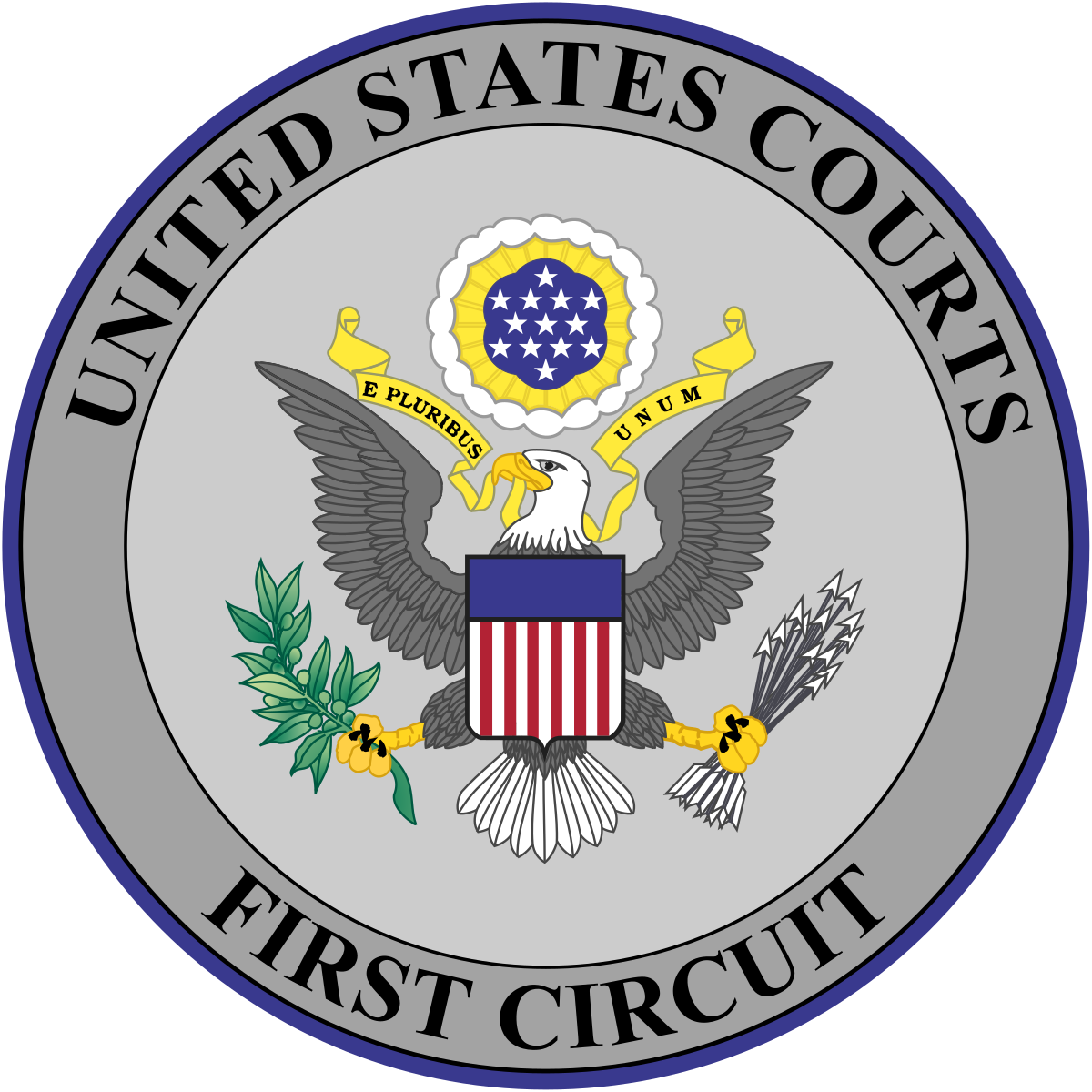Originally published on Forbes.com on July 30th, 2012
The First Circuit has sent the facade easement case of Gordon and Lorna Kaufman back to Tax Court. The decision is probably important for the field of conservation easements, particularly of facades, as it reverses a ruling that might have been interpreted to make the deduction almost impossible in many cases. For the Kaufmans, it may, however, be just prolonging the agony, because the Tax Court will now have to decide what the easement is worth and there is some indication that the answer will be not very much, if anything.
In order for the easement to be treated as a donation, it was necessary for the mortgage holder to subordinate its interest. The IRS thought that the wording of the subordination did not make it subordinate enough, but the Court ruled that the IRS position was too extreme:
Certainly, the IRS has good reason to assure that the Kaufmans could not recapture the value of what they gave up by granting the easement in order to get the deduction; but the Kaufmans had no power to make the mortgage-holding bank give up its own protection against fire or condemnation and, more striking, no power to defeat tax liens that the city might use to reach the same insurance proceeds—tax liens being superior to most prior claims, Powell on Real Property §10B.06 (Michael Allan Wolf ed., Matthew Bender & Co. 2012), including in Massachusetts the claims of the mortgage holder.
Equally important, given the ubiquity of super-priority for tax liens, the IRS’s reading of its regulation would appear to doom practically all donations of easements, which is surely contrary to the purpose of Congress.
There was also concern about language in the easement agreement with National Architectural Trust possibly allowing future changes. The Court was dismissive of that concern:
The clauses permitting consent and abandonment, upon which the Commissioner so heavily relies, have no discrete effect upon the perpetuity of the easements: Any donee might fail to enforce a conservation easement, with or without a clause stating it may consent to a change or abandon its rights, and a tax-exempt organization would do so at its peril… . his type of clause is needed to allow a charitable organization that holds a conservation easement to accommodate such change as may become necessary to make a building livable or usable for future generations while still ensuring the change is consistent with the conservation purpose of the easement.
There were some issues with how the Form 8283 was filled out, but the Court was disinclined to consider those grounds for disallowance. So the case will go back to the Tax Court for valuation. Here are the hints that there might be an issue there:
Accordingly, the Kaufmans sent a letter to their mortgage lender, Washington Mutual Bank, asking it to subordinate its rights to the easement being granted to the Trust. The letter stated that restrictions on the property imposed by the easement were “essentially the same restrictions as those imposed by current local ordinances that govern this property.” If this were so, the bank would lose little or nothing by consenting.
The Kaufmans’ own appraiser, recommended to them by the Trust, acknowledged in his report that “there is much overlap in the restrictions imposed by the and the pre-existing restrictions imposed on the property, particularly by the Landmark Commission.” This may be a substantial understatement. Although the appraiser listed several ways in which the easement’s restrictions differed from the landmark district commission’s, whether the differences have any economic significance could be disputed.
The Kaufmans themselves were surprised at the size of the valuation, albeit out of concern that it implied—as it must if the Kaufmans were conveying anything of value—a substantial reduction in the resale value of their home. In an effort to reassure them, a Trust representative told the Kaufmans that experience showed that such easements did not reduce resale value, and this could easily be the IRS’s opening argument in a valuation trial.
If you want your property to be preserved in its current state indefinitely, the deduction for a conservation/facade easement is about as close to a free lunch as you can get. If there are already substantial restrictions on the property or the property is at its highest and best use, there is really not very much that you are giving up, if anything. It is a little like renouncing your super powers. There have already been facade easements declared of no value in historic districts in ]Manhattan. We’ll now get to see if Boston is any different.
First Circuit Geography Lesson
The high point of the decision, for me, was an incidental geographical observation that the Court made. The Kaufman’s house was in a Boston neighborhood called the South End, which the Court noted is “not be be confused with South Boston.” After upholding Arthur Garrity’s decision on school desegregation 1974, it will be a long time before the First Circuit confuses South Boston with anyplace else.
You can follow me on twitter @peterreillycpa.
































































































Trackbacks/Pingbacks